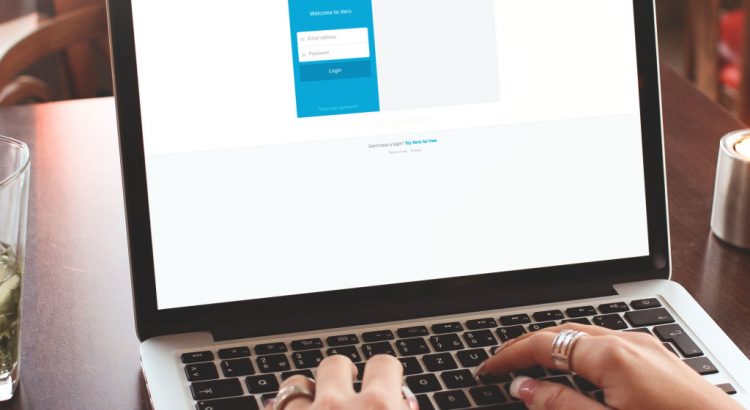I’ve had a lot of questions about what Bookkeeping Mums is about because hinted throughout our site is the promotion and support for working parents. The name itself is self-explanatory. Mums and bookkeeping. But there is so much more to it than that.
Broadly defined, bookkeeping mums are highly skilled and seasoned finance professionals who have diverted their career path in order to dedicate time to raising a family. However, they have also taken the initiative to seek work in the finance sector during hours where family matters do not take precedence. Rather than seeing their qualifications, skills and talents become redundant, these finance professionals seek ways to continue working while at the same time as maintaining the family obligations. Take it from me, it’s not easy. But it does tell you something about the tenacity and dedication of these emerging bookkeeping mums.
This pool of talent is huge with so much untapped potential it’s not a surprise many SMEs have already discovered this market force as a means to improve, become efficient and grow the business.
Bookkeeping mums are not your traditional 9 – 5 full time employee position. No, slightly less conventional is the bookkeeping mum. There are thousands of qualified, professional mums that are seeking finance work between a window of 9 – 3, or thereabouts. This window believe it or not is ample time for the carrying out of any business tasks, making a bookkeeping mum the ideal choice for Australian SMEs.
Bookkeeping mums are looking for the kind of flexible employment that allows them to tend to their family needs and their responsibilities – thus are able to put in the hours needed when they are needed, no more and no less. What you get is someone who knows what needs to be done, is qualified to do it and has a time frame in which to complete it. You get someone efficient and professional.
Match made in heaven
Put aside the mum part. These are accounting and bookkeeping professionals who just want to work with up to 20 hours a week to spare (give or take) . On the flip side, hard times in our economy has seen existing businesses needing to cut costs and are desperate for flexible and low-cost effective working relationships. Australia is also the land of start ups. With intelligent entrepreneurs at the helm, they know they need to start small but do it right. By offering flexible working conditions, existing businesses and start ups are engaging in working relationships with highly qualified and hands on professionals who get stuck into the nitty gritty of how the business operates at a lower cost.
In addition to being perhaps the most cost-effective value for money option on the market today, the bookkeeping mum also has a level of genuine enthusiasm to work with like-minded businesses. They essentially have the kind of hours to spare for an SME who doesn’t have a full time gig to offer. The pairing was meant to be.
The benefits
Well there’s the money. Bookkeeping mums come at a cheaper rate than accountants. That’s just the plain truth. Many bookkeeping mums are also registered BAS agents but stop short of becoming a tax agent. This means there is still the need for bookkeepers to work with accountants with the accountants being happy doing the stuff they love, tax and strategic advisory roles and less of the detailed bookkeeping.
Bookkeeping mums keep their costs low because many work from home and therefore there are less overheads to have to pass on compared to larger accounting firms.
Efficiency and no nonsense. Let’s be honest, mums simply don’t have time to waste let alone a working mum!
The willingness to work and an appreciation for flexible working conditions allows bookkeeping mums to enjoy their work and who they work with. The stuck in a rut mentality we often find in the conventional jobs rarely exists because bookkeeping mums actually want to work.
Where can you find bookkeeping mums?
Bookkeeping mums seem to be largely through word of mouth so they have been hard to find which is why Bookkeeping Mums Australia is inviting bookkeeping mums all over the country to join its network. To bring more talent to one location will help SMEs make the decision to seek help with their bookkeeping.
Are you a bookkeeping mum?
Do you have time on your hands during the week? This is your opportunity to make the most of your time, meet some amazing businesses and their people. We invite all bookkeepers to contact us so we can help provide more opportunities to businesses. Even if you are studying or planning to study to become a bookkeeper we’d love to hear from you and offer what support we can!







